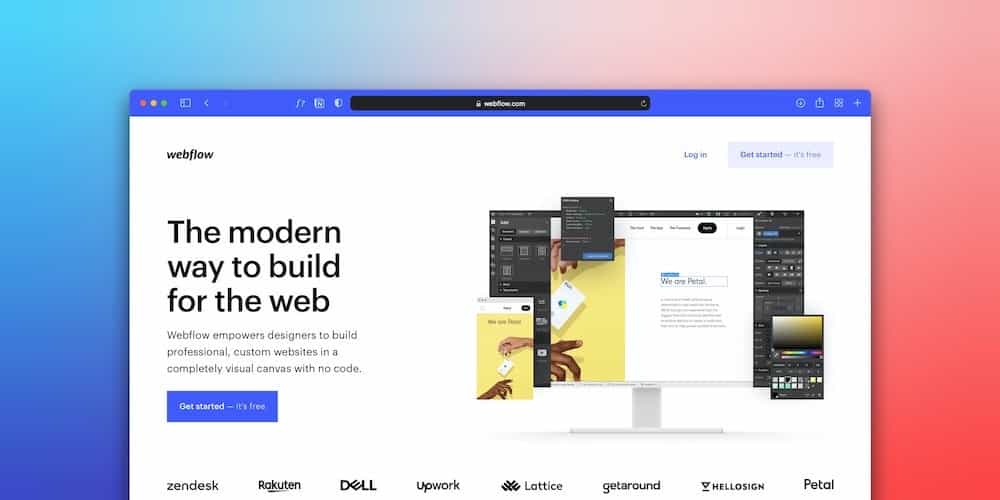Static websites are the way of the future. They're faster, more secure, and easier to manage than traditional dynamic sites. Static sites also let you take advantage of modern JavaScript frameworks like React, which means your website can be responsive and interactive without needing servers or databases! So what does this mean for you as a company? It means it's time for your business to consider adopting a JAM stack-compliant website instead of that old WordPress site you've used for years.
The JAM Stack is a new way of building websites and apps that deliver better performance, higher security, lower cost of scaling, and a better developer experience. It uses good old JavaScript, APIs, and markup to create applications.
The problem with traditional websites
The traditional web stack consists of three layers: backend, middleware, and frontend.
The backend comprises your server-side code—the application logic or business rules that run in a server environment and talk to a database. The middleware does things like authentication, caching, and input validation. And the frontend components are what you see on the browser—your HTML markup (HTML), CSS stylesheets (CSS), and JavaScript code that interacts with DOM elements and makes requests back to the server via AJAX calls (Javascript).
The problem with this traditional web stack is that it's tough to scale. You can only get so far by optimizing each layer separately. The more requests you receive, the slower your site becomes. It doesn't matter how fast your server can process requests if all of them are hitting the database on every page load and taking up valuable CPU time.
High performance
Scalability is a big deal when it comes to web development. It's easy to build a website that looks good on one computer and server, but once you try to scale it up, you find yourself in dire straits. This is where JAMstack sites shine. Their static nature means they're incredibly scalable. They're easy to cache and can be hosted on any number of servers and CDNs without issue. So they will never go down if traffic spikes or the site gets hugely popular because there's nothing dynamic about them! If you want an experience with no downtime or slow load times, a static site is what you need—and JAMstack provides precisely that!
The biggest USP of the JAM stack is its cost-effectiveness.
Using the JAM stack, a business can save thousands of dollars on website development, maintenance, and hosting costs. The JAM stack enables you to build and host your website without having excessive server space or hosting fees. No need for a dedicated server, no need for a hosting company, and, most importantly, no need for an army of developers or designers for continual maintenance.
- They can cost less to host because they don't require as much processing power or bandwidth.
- They're easier and faster to deploy, which means less time spent on maintenance (and, therefore, no need for pricey developers).
- Since they're not constantly updating data, they don't use up precious resources the way databases do—so you can save money there too!
Safe and secure
You may not know it, but your website is built on a fundamentally insecure framework. Most websites are hosted by a third party and can be attacked or hacked anytime. This includes dynamic websites with backend code and databases that must be updated regularly to protect against security breaches.
Static sites, on the other hand, have no database or server-side code to update—making them inherently more secure than their dynamic counterparts because they don't need any updates!
A business can reap many benefits from adopting the JAM stack architecture for developing and hosting websites.
JAMstack websites are the wave of the future. They offer many benefits to anyone who wants to build a website with faster load times and better performance than traditional CMS-powered sites. If you're looking for an easy way to make one, Gatsby is a perfect choice! Gatsby is one of the most popular JAMstack frameworks—it lets you create fast, secure, easy-to-maintain websites and scale better than dynamic sites.





